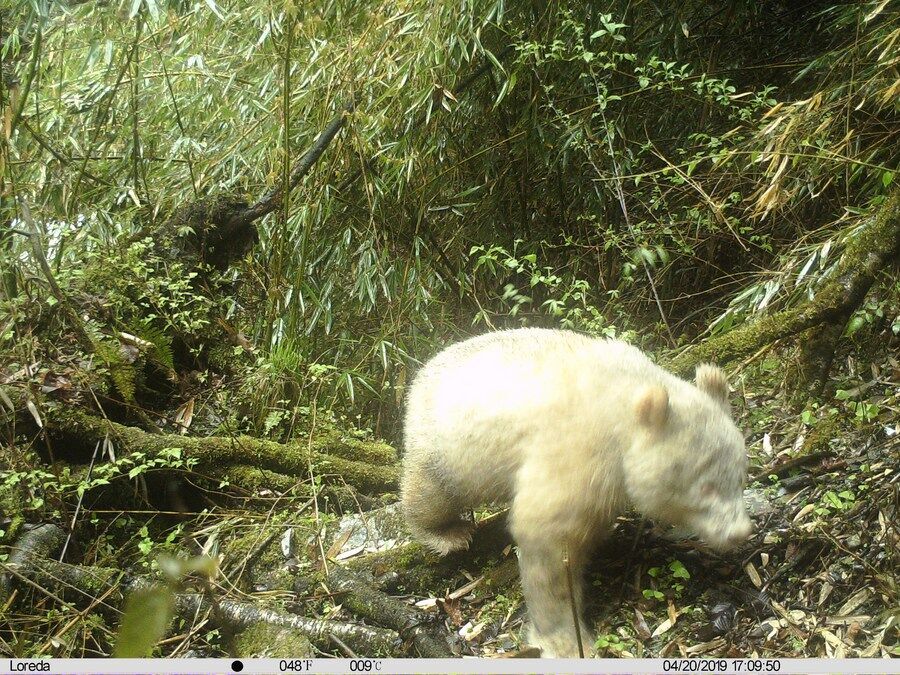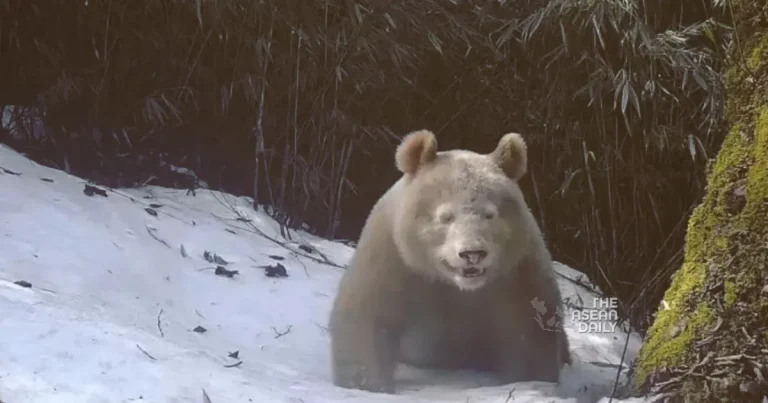10-9-2023 (BEIJING) The management bureau of the Wolong National Nature Reserve in Sichuan province has recently shared new information about a rarely seen white giant panda, including its gender, habitat, and behavior. The findings were revealed after a dedicated research team conducted tracking and monitoring over a four-year period since the panda’s sighting in May 2019.
DNA testing has confirmed that the white giant panda is male, providing valuable insights into the population dynamics and genetic diversity of these unique animals. Additionally, video clips captured by infrared cameras have provided remarkable footage of the panda’s interactions with other bears, highlighting its social behavior.
Li Sheng, a researcher from Peking University’s School of Life Sciences, expressed his excitement about the discoveries. He noted that despite the distinct appearance of the white giant panda, its interactions and social behavior seem to be unaffected.

“The goal of our research is to determine if there are other giant pandas accompanying the white one in the area,” Li explained. This information could shed light on the social structure and dynamics of giant panda populations, providing crucial insights for conservation efforts.
The Wolong National Nature Reserve has been at the forefront of giant panda conservation for decades, and the discovery of a white giant panda has sparked significant interest among researchers and conservationists worldwide. These findings contribute to our understanding of these elusive creatures and emphasize the importance of protecting their habitats.
Further research and monitoring efforts will continue to unravel the mysteries surrounding the white giant panda and provide valuable data for conservation strategies. The management bureau of the Wolong National Nature Reserve remains committed to preserving the biodiversity of this region and ensuring the long-term survival of giant pandas.
As scientists delve deeper into the world of giant pandas, the discovery of the white giant panda opens up new avenues for research and conservation, captivating both experts and the general public alike.




